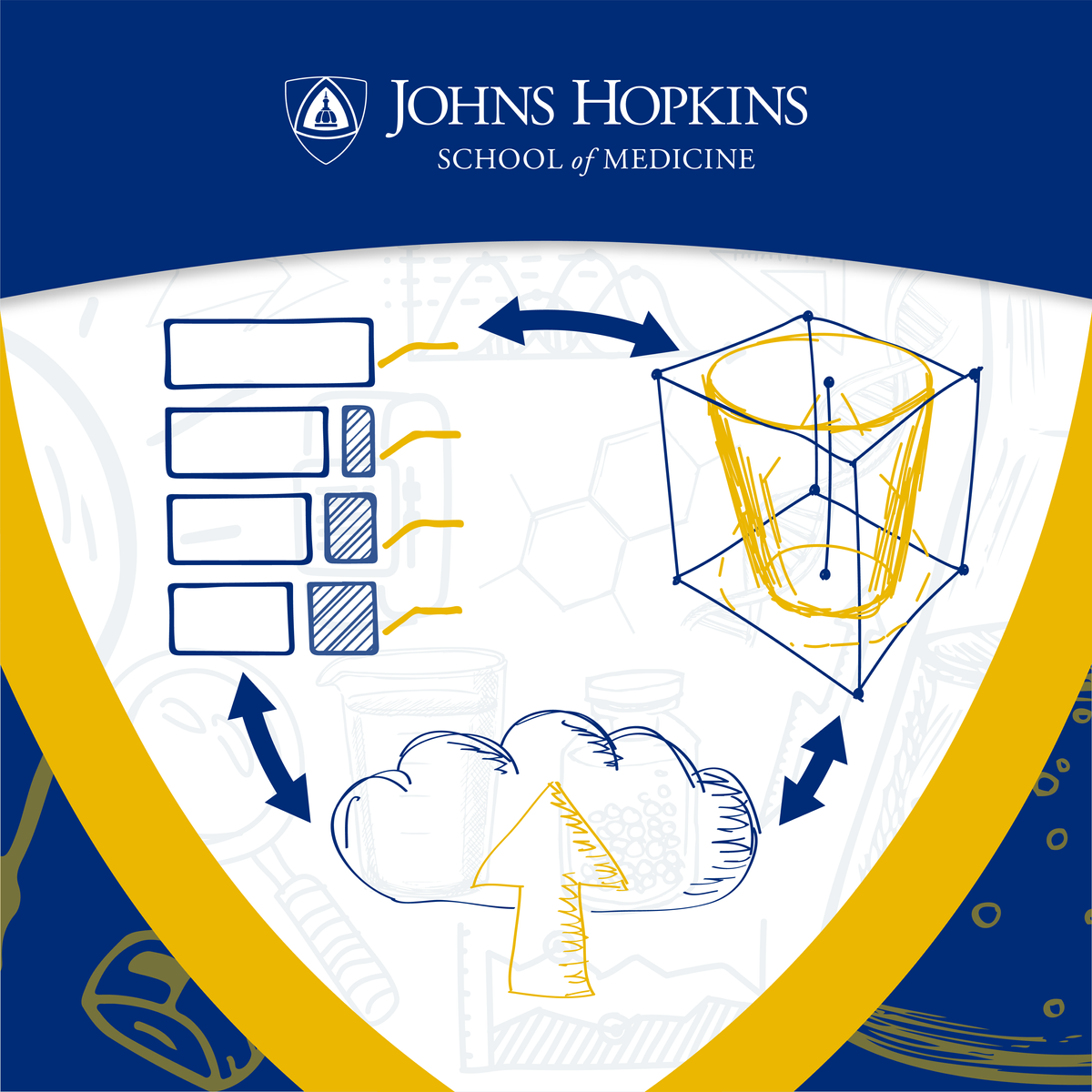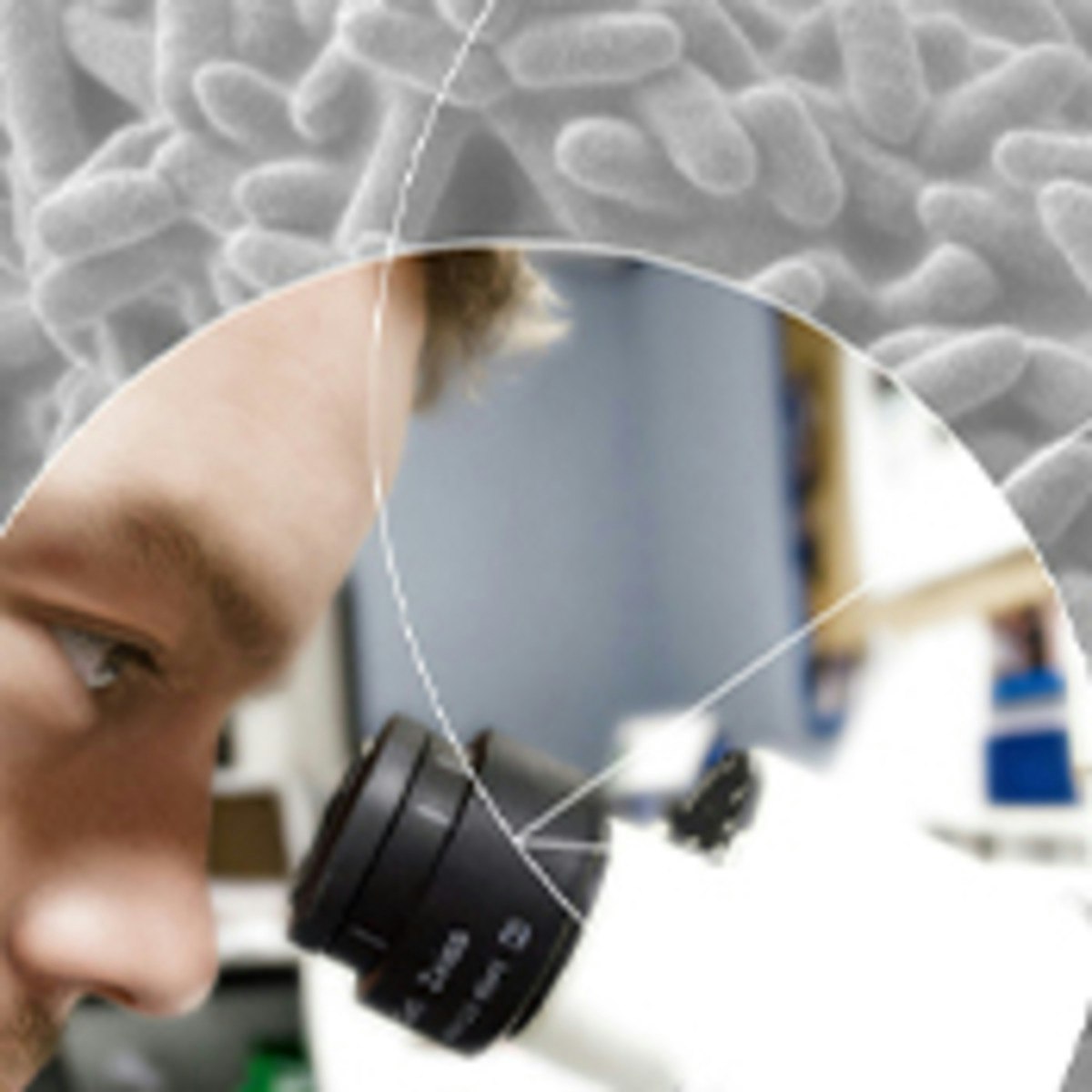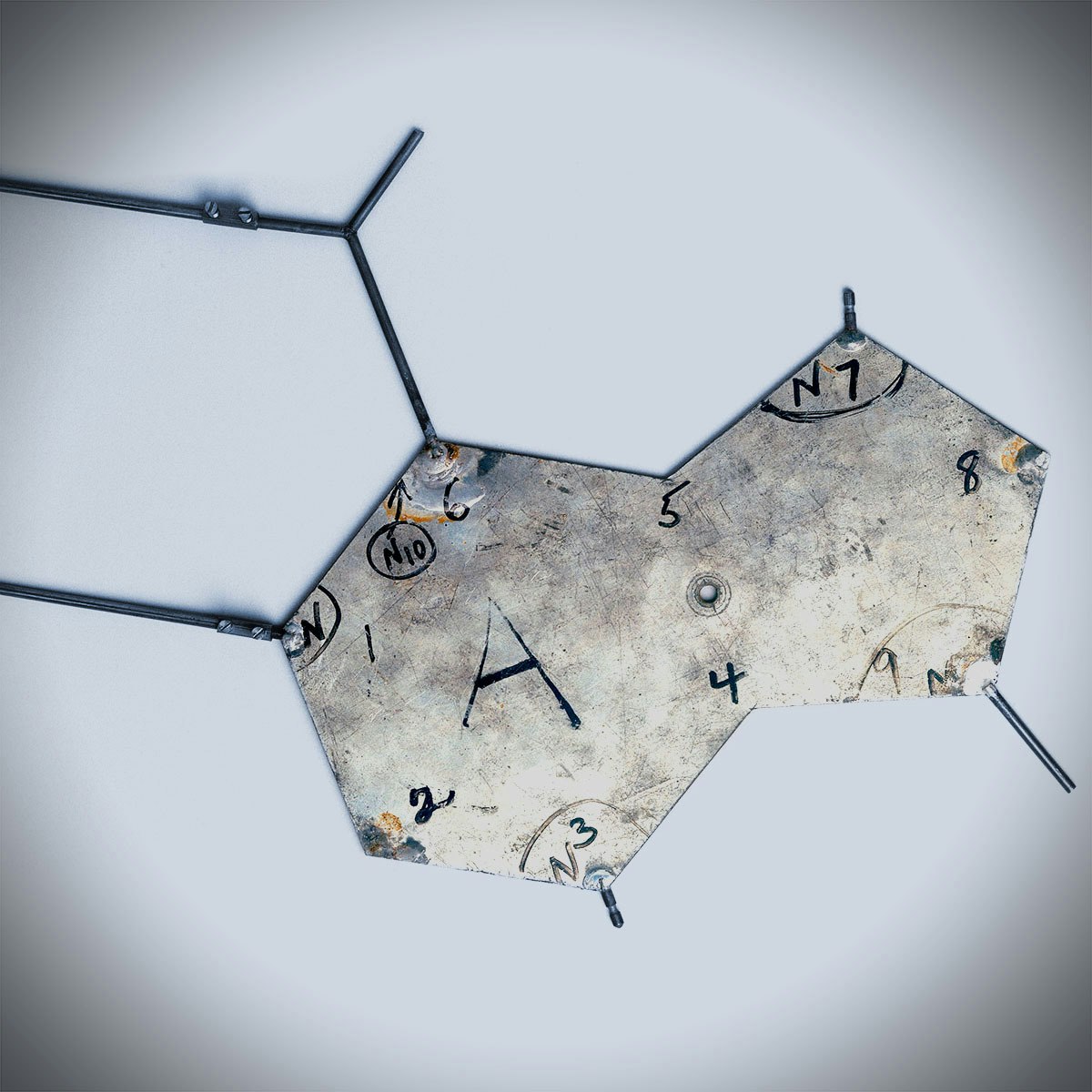Back to Courses









Life Sciences Courses - Page 54
Showing results 531-540 of 644
Point of Care Testing for Sexually Transmitted Infections
What are sexually transmitted infections (STIs), and why do we care? What is point of care testing (POCT)? What do clinicians and patients want and need from the POCT for STIs?
Point of care testing, or medical diagnostic testing done at the time of patient care, is an important tool for the treatment of sexually transmitted infections. This course looks at point of care testing for sexually transmitted infections from the perspective of the clinician, the patient, and the regulatory environment.
Learners will hear from experts about the basics of sexually transmitted infections, the methods of diagnosis, and then dive more deeply into the why and how of point of care testing.
Note: This course discusses the specifics of sexually transmitted infections in detail, including photos of genitalia exhibiting symptoms of these infections.

Reducing Gun Violence in America: Evidence for Change
Reducing Gun Violence in America: Evidence for Change is designed to provide learners with the best available science and insights from top scholars across the country as well as the skills to understand which interventions are the most effective to offer a path forward for reducing gun violence in our homes, schools, and communities.
Through this course, you will learn how to:
1. Appreciate the scope of gun violence and the importance of considering the issue across a variety of contexts.
2. Describe the role of law and policy in addressing gun violence at the federal, state, and local levels.
3. Compare the effectiveness of gun violence policies and highlight the importance of changing the way we talk about gun
violence.
4. Describe state standards for civilian gun carrying and use and how those standards affect crime and violence.
5. Describe how firearm design is regulated, the effective and just enforcement of firearm laws, and strategies for reducing
police-involved shootings.
6. Identify and explain evidence-based programs to reduce gun violence and understand public opinion on gun policy.
As a student of this course, it’s important to recognize that you are part of an international learning community. We understand that gun violence can be a difficult issue to discuss and we all have our own set of opinions and beliefs. However, we ask you to please remember that gun violence is something that affects every person differently. It’s important to understand that this course is intended to generate productive and meaningful conversation.
We ask students of this course to abide by the rules outlined and expected of you by Coursera’s Code of Conduct Policy. Please help us promote a healthy, productive, and sustainable learning environment for all and practice the following principles:
Be polite.
Treat your fellow learners with respect.
Insulting, condescending, or abusive words will not be tolerated.
Do not harass other learners.
Polite debate is welcome as long as you are discussing the ideas or the evidence, not attacking the person.
Be sensitive.
Remember that Coursera is a global forum with learners from many different cultures and backgrounds.
Be kind, thoughtful, and open-minded when discussing race, religion, gender, sexual orientation, or controversial topics
since others likely have differing perspectives.
Post appropriate content.
Content that violates the Honor Code or Terms of Service is not permitted.
You may not post inappropriate (e.g., pornographic or obscene) content.
Do not post copyrighted content.
Do not advertise or promote outside products or organizations.
Do not spam the forums with repetitive content.
Please note that violations of Coursera’s Code of Conduct, Honor Code, or Terms of service are not permitted and may result in:
Deletion of posted content.
Removal from the course.
Losing access to the Coursera site.
*It is important to also note that certain policies and laws mentioned in this course are likely to change and develop over time. As a result, we understand that course content may need to be updated to reflect such changes. While we will strive to do this as quickly as possible, we appreciate your patience. All information included in the course is reported accurately at the time of recording and we intend to update lectures as soon as possible and to the best of our ability.
The development of this course was made possible through generous financial support provided by the David and Lucile Packard Foundation, an organization committed to improving the lives of children, enabling the creative pursuit of science, advancing reproductive health, and conserving and restoring the earth’s natural systems.

Technology and Product Planning
Through the voices of start-up and product leaders this course makes transparent what it takes to build a digital health product for healthcare customers large and small. It outlines the planning, resources, process, and team needed to get a healthcare technology product from idea to operational at a customer site. Get to know the range of possible software products and team roles associated with them, walk through the healthcare software design process, learn the key steps for healthcare software product planning, and then find out what it takes to deploy at a customer site. Start-up leaders share moments that made them pause, question what they knew, and knowledge they’d bestow on future start-up leaders throughout the course. Product leaders in healthcare reframe the software development process from the perspective of the healthcare industry, a space with unique stakeholders, customers, and users. Leave with a map of how to build technology and a product out of your digital health software concept.

Acute and Chronic Rhinosinusitis: A Comprehensive Review
Welcome to Acute and Chronic Rhinosinusitis: A Comprehensive Review
This course, offered by the Department of Otolaryngology – Head and Neck Surgery at the Icahn School of Medicine at Mount Sinai, is designed to inform primary care physicians and general otolaryngologists, as well as nurses, physician assistants and medical assistants, about the differences between acute and chronic rhinosinusitis and how to distinguish and treat them. It is also applicable to individuals who wish to broaden their knowledge and vernacular about this disease process, especially those who may suffer from this condition. The course has been divided into four modules, each of which is followed by multiple choice questions to help attendees further understand this condition:
Week 1 - CME Information, Accreditation and Introduction
Week 2 - Module 1: Normal Sinus Anatomy and Function (15 min. + quiz)
Week 3 - Module 2: Acute Rhinosinusitis: Diagnosis and Treatment (17 min. + quiz)
Week 4 - Module 3: Chronic Rhinoinusitis: Diagnosis and Treatment (18 min. + quiz)
Week 5 - Module 4: The Role of Surgery for Sinusitis and Activity Evaluation (36 min. + 2 quizzes)
The primary objective of this course is to provide physicians with a thorough understanding of how to better diagnose and treat patients who suffer from acute and chronic rhinosinusitis.
Note: This course is no longer available for CME Credit.
Please review the CME Information and Accreditation prior to proceeding with the course modules.
Release Date: January 16, 2018
Expiration Date: January 16, 2020
Estimated Time to Complete: One Hour and Forty Five Minutes
CME Fee: $30.00
CME Credits Offered: 1.75
CME Reviewer: Marita S. Teng, MD
How to Receive CME Credit:
For physicians who are interested in earning CME credits and other allied health professions who wish to receive a Verification of Attendance certificate, you must:
a. Complete Signature Track (details to follow after enrolling in this course)
b. Complete registration process through the Icahn School of Medicine at Mount Sinai, CME Office using the following link:
http://bit.ly/Acute_Chronic (WARNING: This course is no longer available for CME Credit.)
(You will be required to pay an additional non-refundable fee of $30.00 in addition to the $49.00 fee for signature track.)
c. Email an attached copy of your Verified Certificate from Coursera to the CME office at the Icahn School of Medicine at cme@mssm.edu and request your CME certificate.
d. You will be provided with the instructions for downloading your CME/CE certificate.
Technical Design and Development
Lynette Bobbitt
Lisa Chase
Jill Gregory
Paul Lawrence
Charles Psarreas
Rory Sacks

US Social Services: Where did they come from?
The course probes the formation of social policy in the United States from its very first cultural and religious roots. Starting with the transition from hunter-gatherer groups to agrarian villages, the course will examine the passage of the Poor Laws that shaped social policy through the colonial period until the beginnings of the 20th century, when the challenge of making the industrial city livable gave rise to the development of the welfare state. As part of this transformation, the provider of social welfare shifted from the local community to the state to the federal government. The course ends with an exploration of the debate regarding the role of government in the late 20th century: should it foster entitlements or self-sufficiency? This course addresses issues of power, oppression, and white supremacy.
The course is part of a sequence in social policy that has an HONORS TRACK. This track will prepare the learner for masters-level work in policy, which involves reading the literature, writing concise summaries and probing critiques. Over the sequence the learner will develop a policy analysis that will create a foundation for professional policy analyst assignments.

Non-Alcoholic Fatty Liver Disease – The Essentials
Non-Alcoholic Fatty Liver Disease (NAFLD) is a global problem, affecting up to 25% of all individuals. The disease not only increases the risk of liver disease, but also of cardiovascular disease and liver cancer.
During this course, you will learn the essentials of NAFLD. We will begin with an introduction to the physiology of the human liver followed by epidemiology, pathophysiology, clinical medicine, and genetics. Diagnosing NAFLD based on blood tests, diagnostic imaging and histology will be discussed. Complications and treatment options will also be covered in this course including the link between NAFLD and the development of diabetes. Finally, experts will discuss data driven identification of new biomarkers by omics technologies.
After completing this course, you will have a broad knowledge about NAFLD ranging from the aetiology and pathophysiology to bedside examinations and treatments.

Bacteria and Chronic Infections
This course will give you an introduction to bacteria and chronic infections. Leading experts in the field will make you familiar with the fundamental concepts of microbiology and bacteriology such as single cell bacteria, biofilm formation, and acute and chronic infections.

Everyday Parenting: The ABCs of Child Rearing
Everyday Parenting gives you access to a toolkit of behavior-change techniques that will make your typical day in the home easier as you develop the behaviors you would like to see in your child. The lessons provide step-by-step instructions and demonstrations to improve your course of action with both children and adolescents. Among many techniques, you will learn how even simple modifications to tone of voice and phrasing can lead to more compliance. The course will also shed light on many parenting misconceptions and ineffective strategies that are routinely used.
The key to the course is practice. It is not enough to know the strategies; you have to do them to reap the rewards. Using the techniques on a temporary basis will lead to permanent change.
Chances are your parenting is perfectly fine and working the way you would like. But if you have any frustrations with your child or would like improve your effectiveness in changing your child’s behavior, these videos will be a very useful guide.
Subtitles available in Chinese and Spanish.

The Influence of Social Context on Health
Why are some groups healthier than others, and how do these differences emerge and persist over the life course? How do social policies (e.g., housing, transportation, employment) relate to health and health inequalities? Why are there health disparities even in countries that have free universal health care? This course will address conceptual models for understanding health disparities in the US and internationally, how population science identifies the main sources of these disparities, and how public health can inform policy efforts to address these disparities.
After taking this course, you will be able to identify ways in which conditions in the healthcare setting and at work, school, and home influence health; identify models for considering how the social context provides both sources of stress and sources of support for health; and explain how social and physical environments, including schools and workplaces, the healthcare system, and neighborhoods, shape health and health inequalities over the life course.

Classical papers in molecular genetics
You have all heard about the DNA double helix and genes. Many of you know that mutations occur randomly, that the DNA sequence is read by successive groups of three bases (the codons), that many genes encode enzymes, and that gene expression can be regulated.
These concepts were proposed on the basis of astute genetic experiments, as well as often on biochemical results. The original articles were these concepts appeared are however not frequently part of the normal curriculum of biologists, biochemists and medical students.
This course proposes to read study and discuss a small selection of these classical papers, and to put these landmarks in their historical context. Most of the authors displayed interesting personal histories and many of their contributions go beyond not only the papers we will read but probably all their scientific papers.
Our understanding of the scientific process, of the philosophy underlying the process of scientific discovery, and on the integration of new concepts is not only important for the history of science but also for the mental development of creative science.
